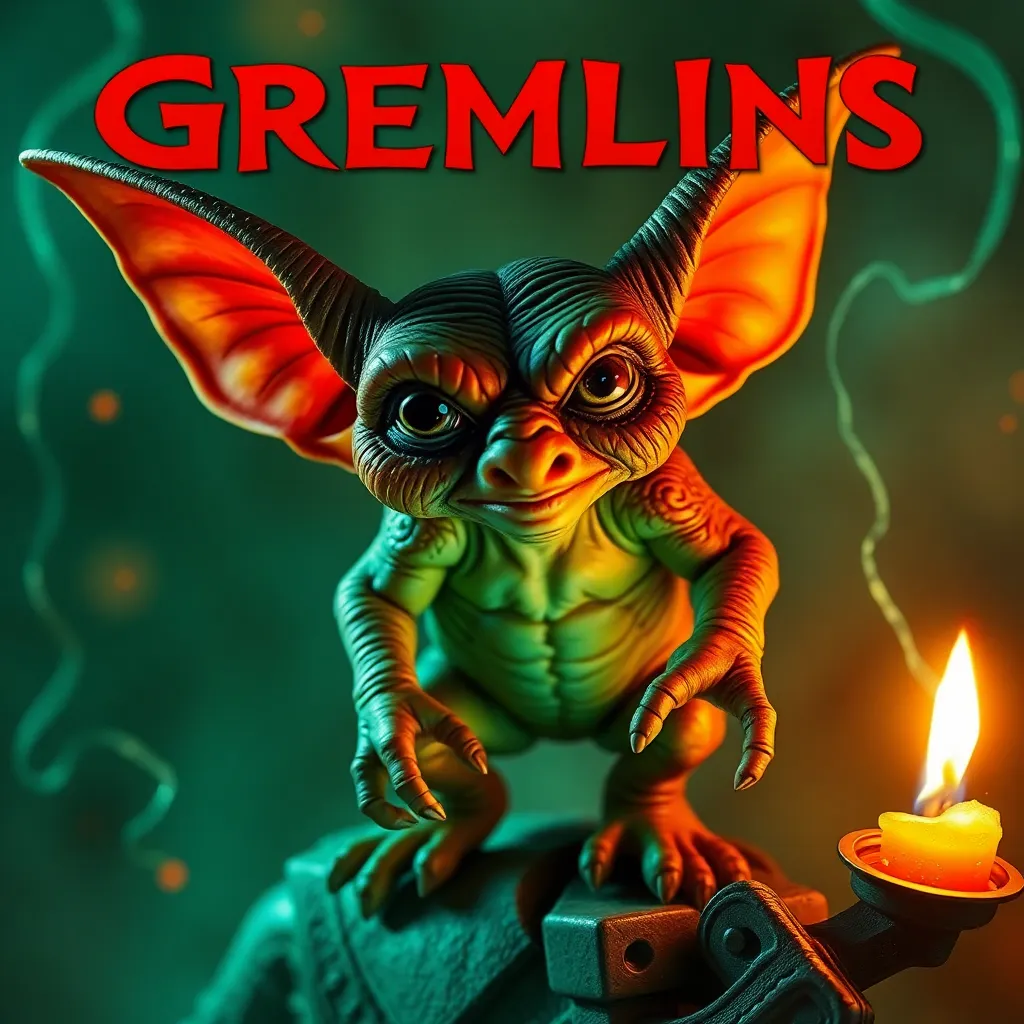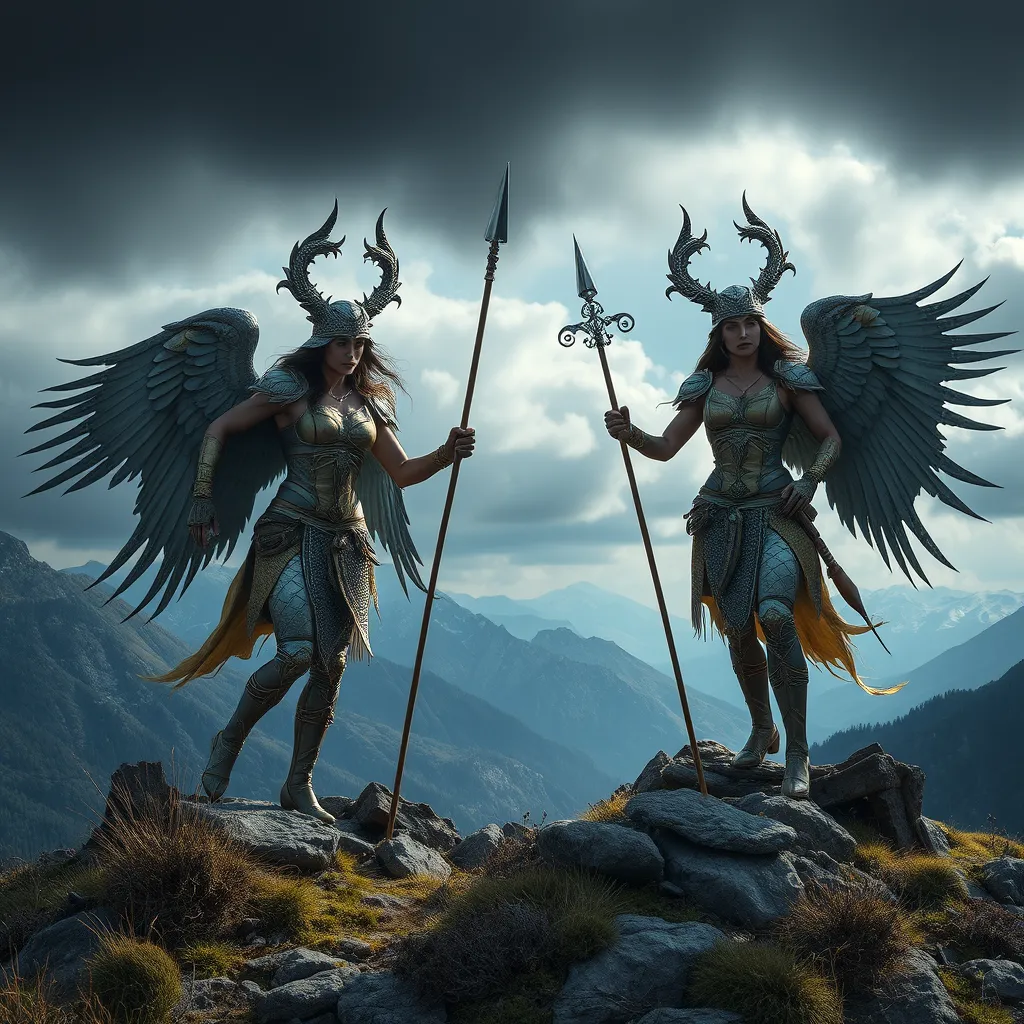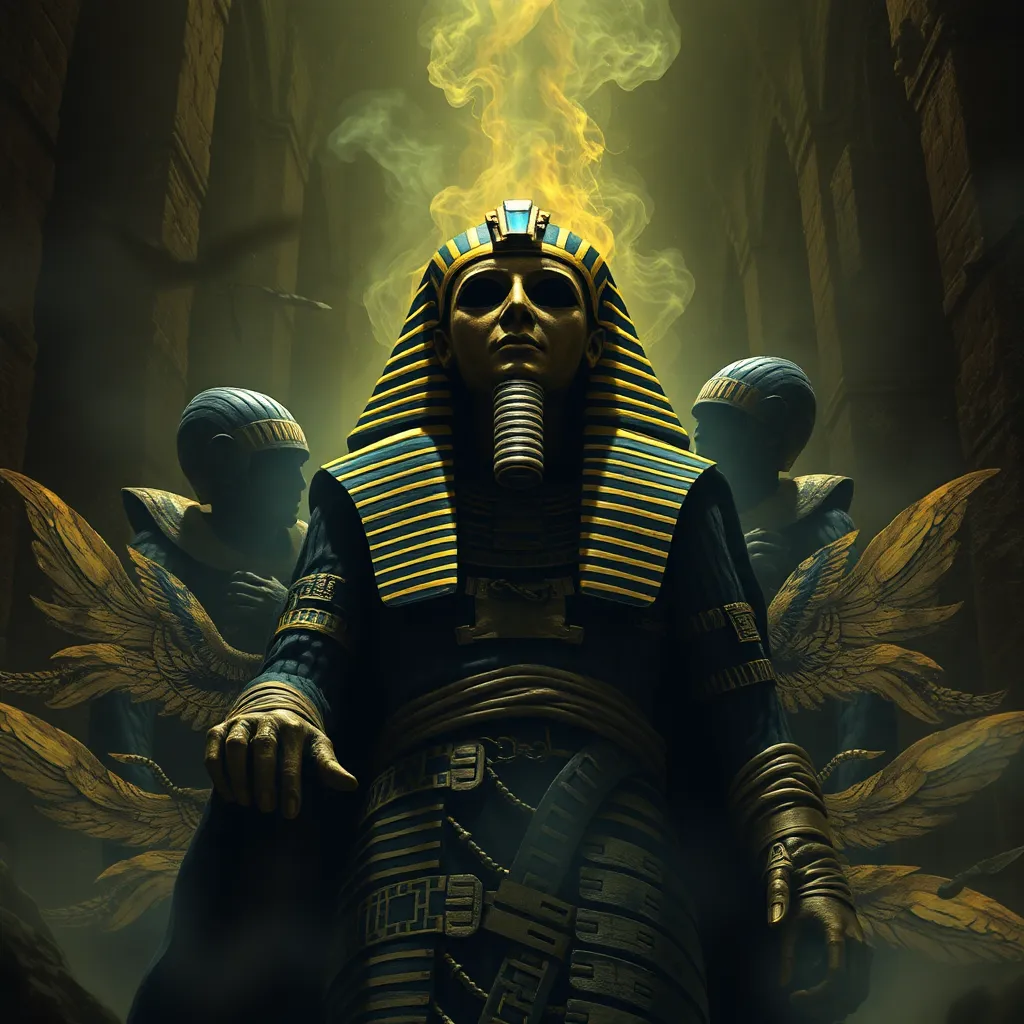Gremlins and the Occult: Exploring the Connection Between Gremlins and the Supernatural
I. Introduction
Gremlins have long captivated the imagination as mischievous creatures known for causing chaos and malfunction in machines, particularly in aviation. Originally emerging from the folklore of the early 20th century, these entities symbolize the frustrations of technology and the unpredictability of life. Their cultural significance has evolved, influencing various facets of media and popular culture.
The concept of the occult, on the other hand, encompasses a wide range of mystical, supernatural, and esoteric beliefs and practices. It often delves into the hidden aspects of reality, exploring the forces that lie beyond our understanding. This article aims to explore the intricate connections between gremlins and the supernatural, examining how these whimsical creatures intersect with the beliefs and practices of the occult.
II. The Origins of Gremlin Lore
The origins of gremlin mythology can be traced back to the early 20th century, particularly among British Royal Air Force pilots. These pilots attributed mechanical failures and mishaps to tiny creatures they called gremlins, who were said to inhabit aircraft and sabotage their operations.
During World War II, gremlin folklore gained widespread popularity as pilots shared tales of these mischievous beings. The term “gremlin” became synonymous with the unpredictable nature of war machinery, highlighting the anxiety and chaos experienced by those in combat. As the war came to an end, gremlins transitioned from folklore to popular culture, appearing in books, cartoons, and ultimately, cinema.
III. The Nature of Gremlins
Gremlins are typically characterized by their small size, playful yet malevolent behavior, and a penchant for causing havoc. They are often depicted as green or brown creatures, with exaggerated features that emphasize their mischievous nature. Their behaviors range from playful pranks to destructive antics, making them a fascinating subject of study.
In various cultures, gremlins symbolize different aspects of life. For instance, they can represent:
- Chaos: Gremlins embody the unpredictable nature of technology and the chaos that can ensue from human error.
- Fear: They are often associated with anxiety and fear surrounding the unknown, particularly in mechanical failures.
- Rebellion: Gremlins can also be seen as rebellious figures, challenging authority and the status quo.
Gremlins share similarities with other supernatural entities, such as fairies and demons. Like fairies, they are often depicted as small and mischievous, while their chaotic nature aligns them more closely with demonic folklore. This duality makes them a unique addition to the pantheon of supernatural beings.
IV. The Occult and its Influence on Popular Culture
The occult refers to various mystical and esoteric practices that seek to uncover hidden knowledge, often involving rituals, magic, and the exploration of supernatural forces. Branches of the occult include:
- Alchemy: The transformation of matter, often symbolically representing personal transformation.
- Astrology: The study of celestial bodies’ influence on human affairs.
- Spiritualism: The belief in communicating with spirits of the deceased.
- Witchcraft: The practice of magic, often associated with nature and healing.
Historically, folklore has been intertwined with the occult, as many myths and legends contain elements of magical practices and beliefs. This connection has significantly influenced literature and film, with many narratives exploring themes of magic, the supernatural, and the unknown.
V. Gremlins in Occult Literature and Media
Gremlins have made their mark in films and television, often portraying the intersection of technology and the supernatural. Notable examples include:
- Gremlins (1984): A cult classic film that showcases these creatures wreaking havoc in a small town, blending horror and comedy.
- Looney Tunes: Characters like the “Gremlin” in the animated series highlight their playful yet chaotic nature.
Many gremlin-related stories reference the occult, either through direct interactions with supernatural forces or by embodying themes of chaos and disruption. In these narratives, gremlins often serve as catalysts for exploring deeper themes of control, fear, and the unknown.
VI. Psychological and Sociological Perspectives
The belief in gremlins and the occult can have significant psychological impacts. For many, these beliefs serve as a coping mechanism for understanding the chaos of modern life. The presence of supernatural beings like gremlins can help individuals articulate their fears, frustrations, and uncertainties regarding technology and the world around them.
Societal perceptions of supernatural beings, including gremlins, often reflect broader cultural anxieties. In times of rapid technological advancement, for instance, the fear of losing control to machines can manifest in folklore, leading to the creation of entities like gremlins.
As metaphors for chaos and disruption, gremlins highlight society’s struggles with unpredictability. They remind us that, despite our advancements, we are still vulnerable to forces beyond our control.
VII. Modern Interpretations and Cultural Relevance
Contemporary society continues to view gremlins and the occult through a lens of curiosity and skepticism. In an age dominated by technology, the resurgence of gremlin themes in modern media reflects ongoing anxieties surrounding innovation and automation.
Examples of modern interpretations include:
- Video Games: Titles featuring gremlin-like creatures often play on themes of chaos and disruption in gameplay.
- Social Media: Memes and online content referencing gremlins highlight their cultural significance in a digital age.
The relevance of gremlin lore in today’s discussions about the supernatural suggests that these creatures will continue to be a part of our collective cultural consciousness, serving as a reminder of our relationship with technology and the unknown.
VIII. Conclusion
In conclusion, the connections between gremlins and the occult reveal a rich tapestry of beliefs, fears, and cultural narratives. Gremlins, with their chaotic nature and mischievous behavior, serve as symbols of the unpredictability inherent in our lives, particularly in relation to technology.
The enduring nature of gremlin mythology reflects humanity’s ongoing fascination with the supernatural and our attempts to understand the complexities of existence. These connections not only enrich our understanding of folklore but also provide valuable insights into our modern relationship with the unknown.
Ultimately, exploring the interplay between gremlins and the occult invites us to consider the implications of these beliefs in shaping our perceptions of the supernatural and the world around us.




